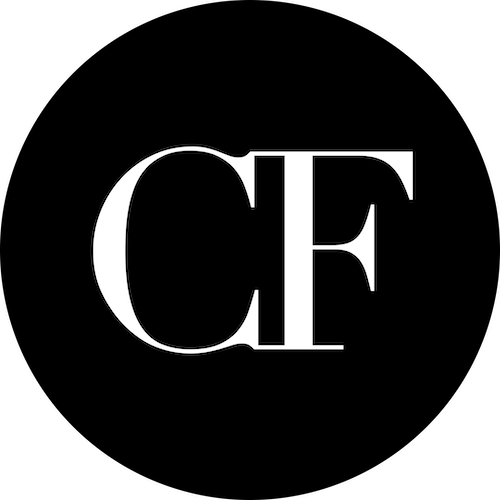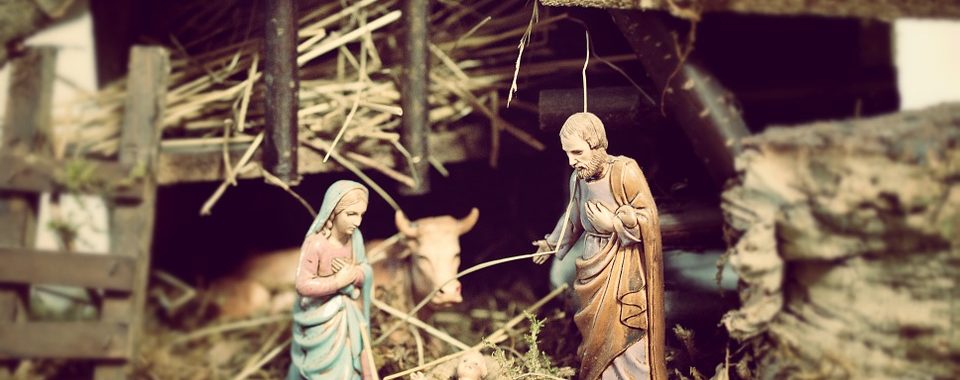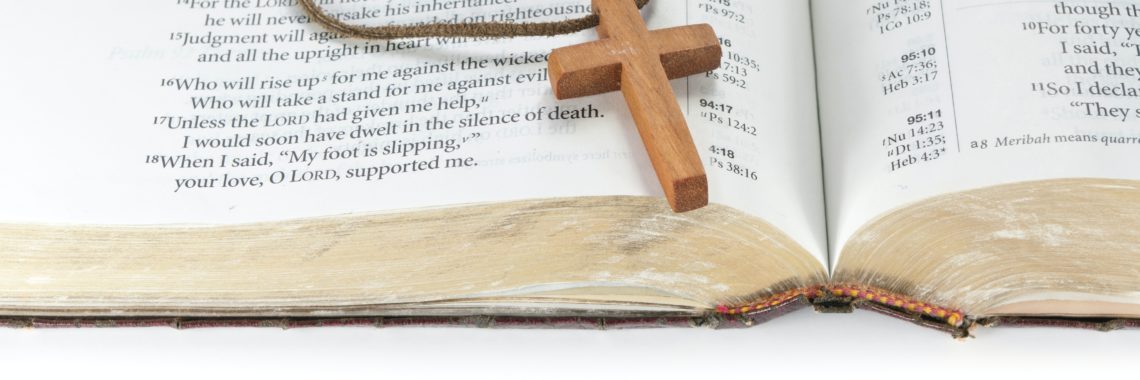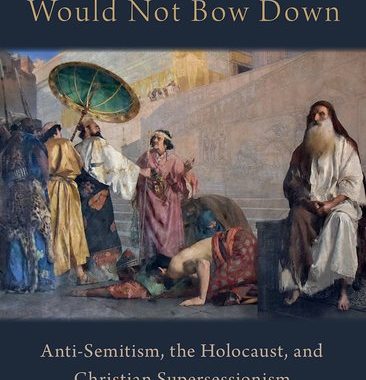“Two Conceptions of Anti-Establishment: When Should Courts Enforce Religious Arbitration Agreements?” by Brian Hutler
Photo of Manhattan by wiggijo on Pixabay (CC0) A virtual conference sponsored by Canopy Forum of the Center for the Study of Law and Religion at Emory (CSLR) featuring scholars, experts and practitioners on the topic of religious arbitration. View the full video and browse all essays here. “Two Conceptions of Anti-Establishment: When Should Courts Enforce…








